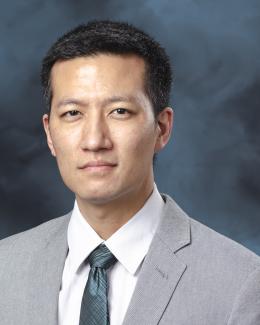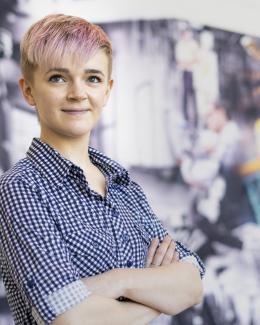Abstract
Laser powder bed fusion (LPBF) enables the fabrication of intricate, geometrically complex structures with a sufficiently fine surface finish for many engineering applications with a diversity of available feedstock metals. However, the production rate of LPBF systems is not well suited for mass production in comparison to traditional manufacturing methods. LPBF systems measure their deposition rates in 100's of grams per hour, while other processes measure in kilograms per hour or even in the case of processes such as forming, stamping, and casting, 100's of kilograms per hour. To be widely adopted in industry for mass production, LPBF requires a new scalable architecture that enables many orders of magnitude improvement in deposition rate, while maintaining the geometry freedom of additive manufacturing. This article explores concepts that could achieve as much as four orders of magnitude increase in the production rate through the application of (1) rotary table kinematic arrangements; (2) a dramatic number of simultaneously operating lasers; (3) reductions of laser optic size; (4) improved scanning techniques; and (5) an optimization of toroidal build plate size. To theoretically demonstrate the possibilities of production improvements, a productivity analysis is proposed for synchronous reluctance motors with relevance to the electric vehicle industry, given the recent increase in the diversity of printable soft magnetic alloys. The analysis provides insights into the impact of the architecture and process parameters necessary to optimize rotary powder bed fusion for mass production.







